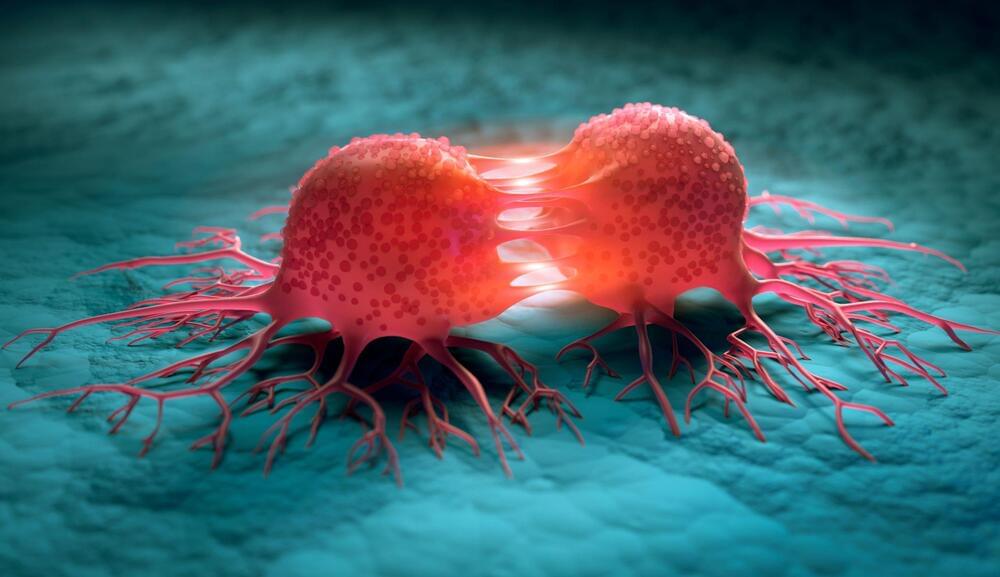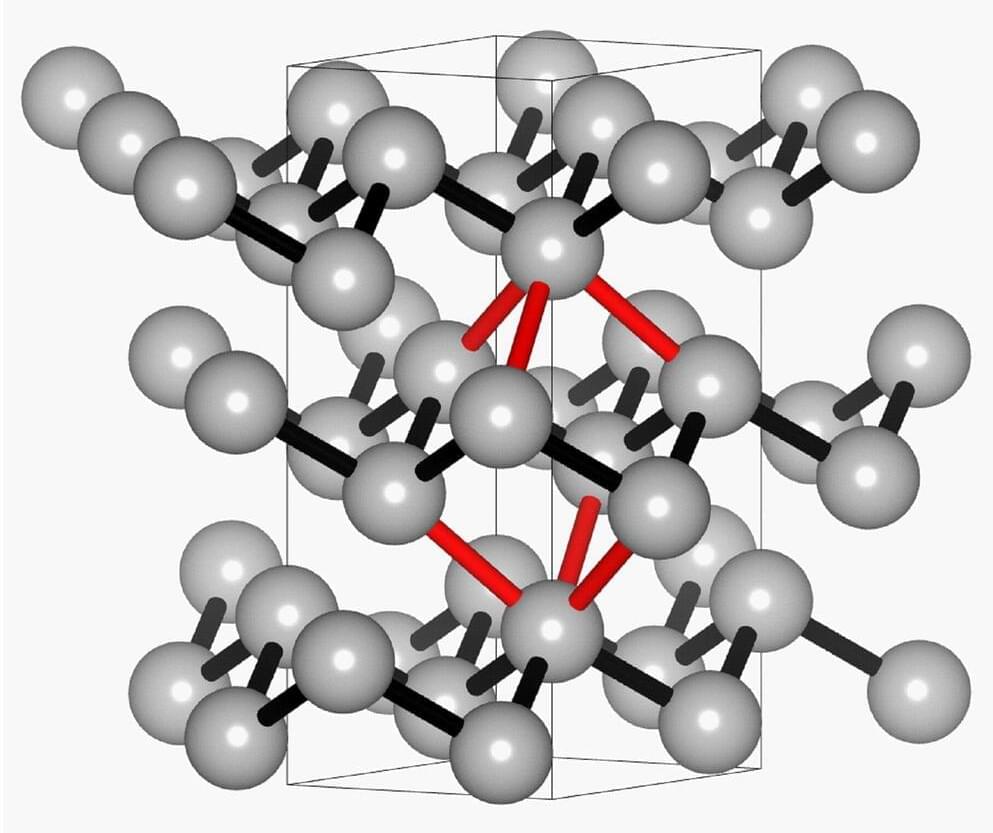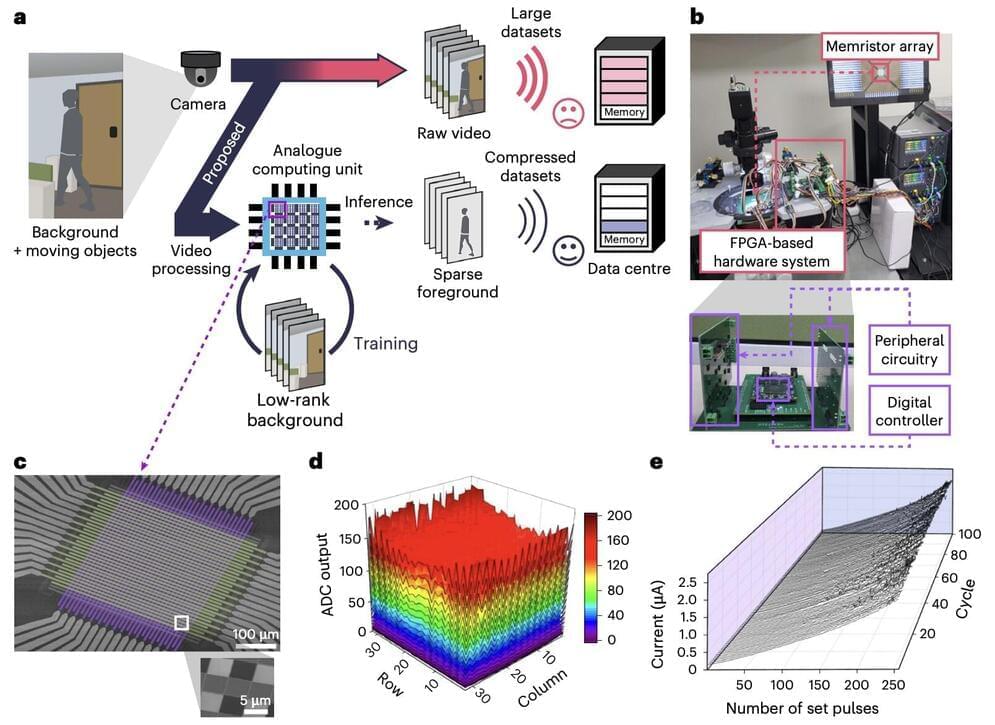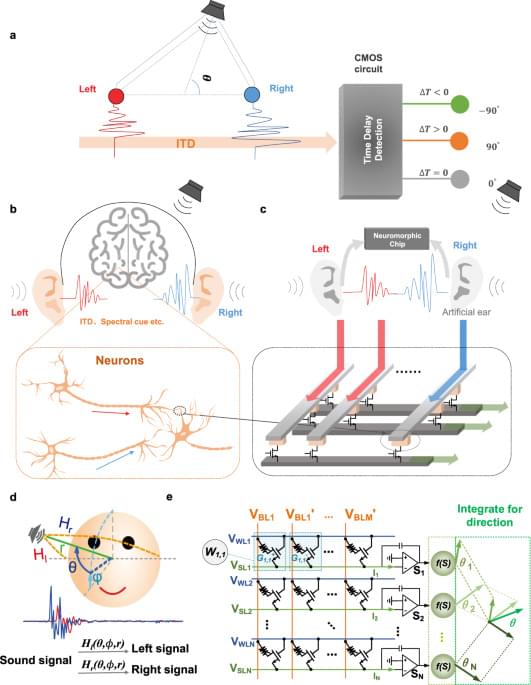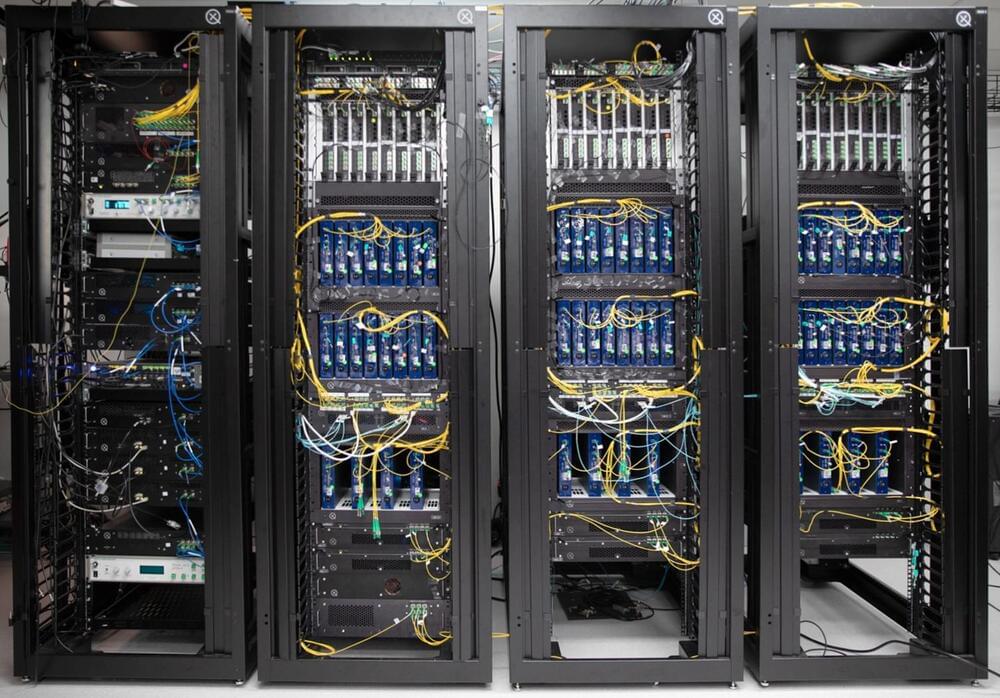Scientists have decoded how proteins assemble filopodia, the structures cells use to move, paving the way for new cancer treatments.
A new study that provides unprecedented insights into the chemical bonding of antimony could have a profound impact on materials research. The collaboration between scientists from Leipzig University, RWTH Aachen University and the DESY synchrotron in Hamburg combined experimental measurements with theoretical calculations.
The findings will help scientists to better understand phase change materials and, in particular, improve their application in data storage and thermoelectrics. The research has now been published in Advanced Materials.
The study combined experimental measurements with theoretical calculations, with the aim of analyzing the nature and strength of the chemical bonding in antimony. “The strength of a bond depends directly on the distance between the atoms,” says Professor Claudia S. Schnohr of the Felix Bloch Institute for Solid State Physics at Leipzig University, adding that comparisons with other materials such as metals and semiconductors show that this distance dependence is characteristic of the type of chemical bond.
Founded by crypto guru Jed McCaleb, Vast Space will run two missions to the International Space Station and aims to launch its first space station, Haven-1, by the end of 2025.
Blue Ghost, a lunar lander carrying 10 NASA
NASA, the National Aeronautics and Space Administration, is the United States government agency responsible for the nation’s civilian space program and for aeronautics and aerospace research. Established in 1958 by the National Aeronautics and Space Act, NASA has led the U.S. in space exploration efforts, including the Apollo moon-landing missions, the Skylab space station, and the Space Shuttle program.
Researchers have found that kinesin family member 9 (KIF9), a protein that diminishes with aging, is instrumental in allowing cells to consume harmful proteins and fights Alzheimer’s in a mouse model.
Consuming amyloids before they become a problem.
Get a Wonderful Person Tee: https://teespring.com/stores/whatdamath.
More cool designs are on Amazon: https://amzn.to/3QFIrFX
Alternatively, PayPal donations can be sent here: http://paypal.me/whatdamath.
Hello and welcome! My name is Anton and in this video, we will talk about an intriguing experiment that created endosymbiosis.
Links:
https://www.nature.com/articles/s41586-024-08010-x.
https://pmc.ncbi.nlm.nih.gov/articles/PMC9040847/
Previous videos: https://youtu.be/GkuAzdS-VwA
#symbiosis #biology #life.
0:00 Endosymbiosis in a nutshell.
1:50 Examples.
3:00 Fungal endosymbiosis.
5:35 Questions that need answering.
6:10 Incredible new experiment.
6:48 What fungus was used.
8:00 What the experiment was trying to do.
9:30 Successful union and reproduction.
11:15 Major discoveries 13:00 Conclusions.
Support this channel on Patreon to help me make this a full time job:
https://www.patreon.com/whatdamath.
Bitcoin/Ethereum to spare? Donate them here to help this channel grow!
bc1qnkl3nk0zt7w0xzrgur9pnkcduj7a3xxllcn7d4
or ETH: 0x60f088B10b03115405d313f964BeA93eF0Bd3DbF
Space Engine is available for free here: http://spaceengine.org.
A look at the enduring relevance.of Invasion of the Body Snatchers.
https://buymeacoffee.com/cinemollusk.
Review/analysis references the following material:
Invasion of the Body Snatchers (Philip Kaufman, 1978)
Invasion of the Body Snatchers (Don Siegel, 1956)
The Invasion (Oliver Hirschbiegel / James McTeigue, 2007)
Body Snatchers (Abel Ferrara, 1993)
Little Joe (Jessica Hausner, 2019)
The Trap (Adam Curtis, 2007)
Paracelsus (G.W. Pabst, 1943)
Day of Wrath (Carl Dreyer, 1943)
The Devils (Ken Russell, 1971)
Triumph of the Will (Leni Riefenstahl, 1935)
A Clockwork Orange (Stanley Kubrick, 1971)
The Day the Earth Stood Still (Robert Wise, 1951)
Childhood’s End (Arthur C. Clarke, 1953)
For entertainment and educational purposes only.
As artificial intelligence models become increasingly advanced, electronics engineers have been trying to develop new hardware that is better suited for running these models, while also limiting power-consumption and boosting the speed at which they process data. Some of the most promising solutions designed to meet the needs of machine learning algorithms are platforms based on memristors.
Memristors, or memory resistors, are electrical components that can retain their resistance even in the absence of electrical power, adjusting their resistance based on the electrical charge passing through them. This means that they can simultaneously support both the storage and processing of information, which could be advantageous for running machine learning algorithms.
Memristor-based devices could be used to develop more compact and energy-efficient hardware for running AI models, including emerging distributed computing solutions referred to as edge computing systems. Despite their advantages, many existing memristor-based platforms have been found to have notable limitations, adversely impacting their reliability and endurance.
Sound localization is one of the many learning tasks accomplished by the brain based on the binaural signals of the ears. Here, Wu et al demonstrate in-situ learning of sound localization function using a memristor array, with dramatic improvements in energy efficiency.
Xanadu developed Aurora, a universal photonic quantum computer with a modular architecture of interconnected server racks for scalability.
